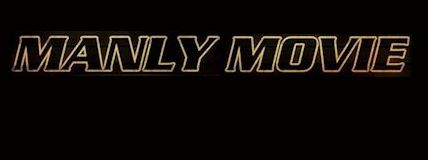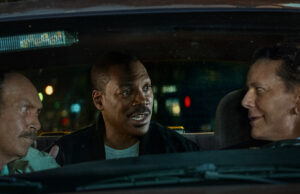REVIEW: The Battleship Island (2017)
I admire a film that isn’t afraid to wave its flag, but my admiration depends on whether the film is sentimental in its delivery and storytelling. Too obnoxious and you get Michael Bay’s Pearl Harbor or Wu Jing’s Wolf Warrior films. Too bleached out and you get sappy indie wartime dramas that questions what it means to be “insert-nationality-here” that gets a simultaneous VOD and limited theatrical release. But here’s a film that gets it just right, while being an intense ride on its own merit.
The Battleship Island, a South Korean wartime prison film written and directed by Ryoo Seung-wan (The City of Violence, The Berlin File, Veteran) and set in Japan in late 1944 and 1945, is in the tradition of classic wartime prison escape films such as The Great Escape and Von Ryan’s Express. The film’s titular setting is a real location, an abandoned mining island lying about 15 kilometers from the city of Nagasaki, in southern Japan. What once housed a symbol of Japan’s rapid industrialization is now gone, leaving behind haunting images of empty concrete buildings and structures, a surrounding sea wall, and a dark history involving its forced labour camp prior to and during WWII.
From its opening scenes depicting the hellish mining conditions and a botched escape, it’s pretty clear that the island is quite the hellhole. Immediately after the titles, we are introduced to our not-so-ragtag group of heroes, comprising of a jazz bandmaster (Hwang Jung-min, Asura: The City of Madness) and his daughter (Kim Su-an, Train to Busan); a rowdy street fighter (So Ji-sub); an undercover agent sent to rescue a rebel independent leader imprisoned there (Song Joong-ki); and a prostitute (Lee Jung-hyun). In the months that is to come, these characters will initially survive the brutal prison labor camp lifestyle, then reluctantly get to know one another before ultimately deciding to break outta the joint.
Though the island and labor camp is real, the characters and plot above, and the subsequent escape finale, did not happen. However, for those not familiar with South Korean/Japanese history (like I am, admittedly), this film will still be quite the entertaining and fascinating watch, especially for its well-directed planning sequences that kept this viewer riveted. There’s no PG-13 cutaways from this one; when the violence hits, it hits hard. Though, like all films from the country, it does have the trademark black comedy South Korean cinema is renowned for.
Technical wise, with some dodgy CGI effects aside, the film looks and sounds great. You could almost feel the mud, grime and blood splattering all over when the action erupts, as well as the heat and sweat off the unfortunate miners, especially when they get trapped in a horrific accident. The film is shot and edited adequately, though it does go into shaky-cam/smash-cut editing style in a few scenes. The actors do a convincing job of firmly placing us on the heroes side, specifically the bandmaster and his daughter – there is a sense of emotional despair felt though each character’s predicament. Melodramatic, sure, but it sure as hell is palpable.
Overall, though the film has its flaws, being entertaining and interesting aren’t some of them. It’s quite refreshing to see an old-school wartime actioner done somewhat like it used to be, albeit in a far more violent and darkly comedic manner, especially with its slam-bang escape finale where Ennio Morricone’s Ecstasy of Gold grandly plays over the carnage. A little bit over-the-top? Maybe. But it sure as hell beats the crap out of mostly anything coming out of Hollywood now.
















1 Comment